
5 restaurants favored by visitors from visitors from United States to Japan
What restaurants do foreigners prefer when visiting Japan? Here are the 5 restaurants most frequently reserved* by visitors from United States in 2017.*Reserved through Savor Japan.
1. En, Kyoto
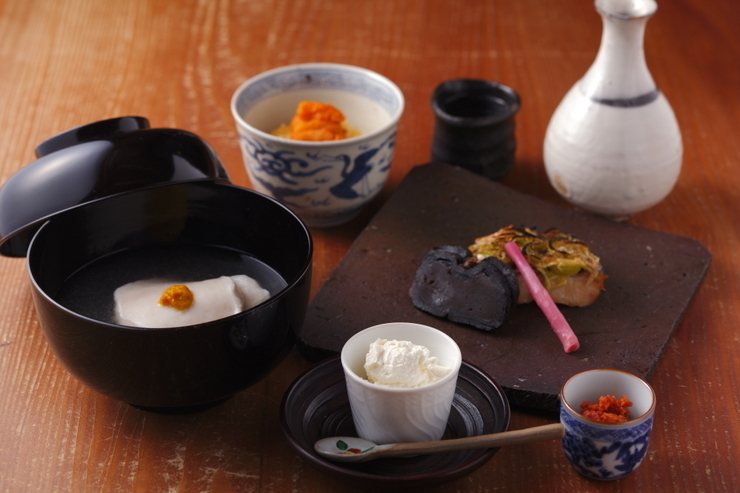
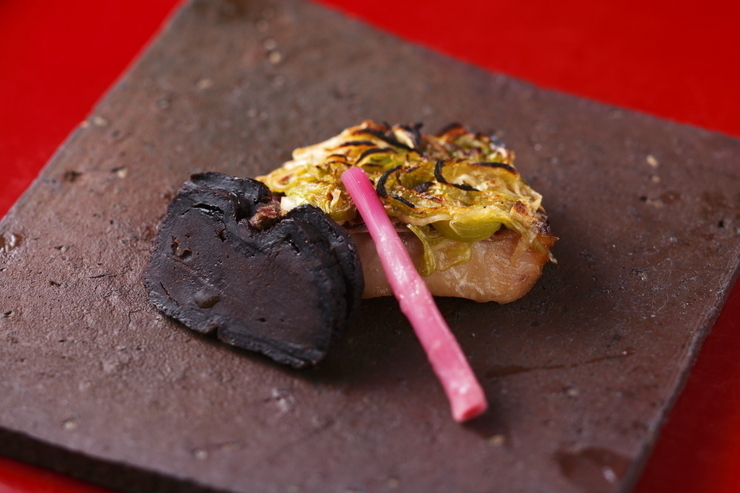
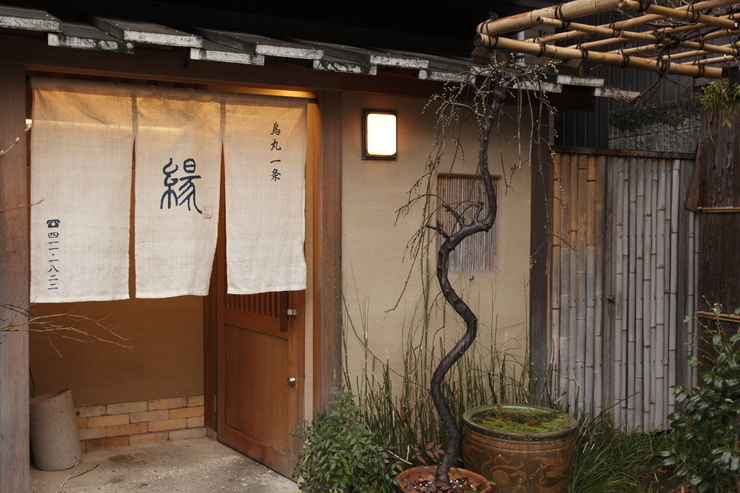
En’s owner chef, Takeo Suzuki, launched his career at Kyoto’s prestigious Hyotei restaurant. He then vaulted to fame by opening his own shop with an avant-garde interpretation of Japanese cuisine, using non-traditional ingredients like game meat and foie gras. Upon moving his restaurant closer to the Kyoto Imperial Palace in 2008, he began suffering health problems that changed his cooking philosophy. The transformation also inspired him to open up the kitchen and interact with customers.
“Never lie to yourself. That’s my motto when preparing cuisine for customers, He says with conviction. Regular guests from his former restaurant, aficionados from distant prefectures and gourmets from across the globe visit En to experience his once-in-a-lifetime dishes.
2. Teramachi Yoshikura
-
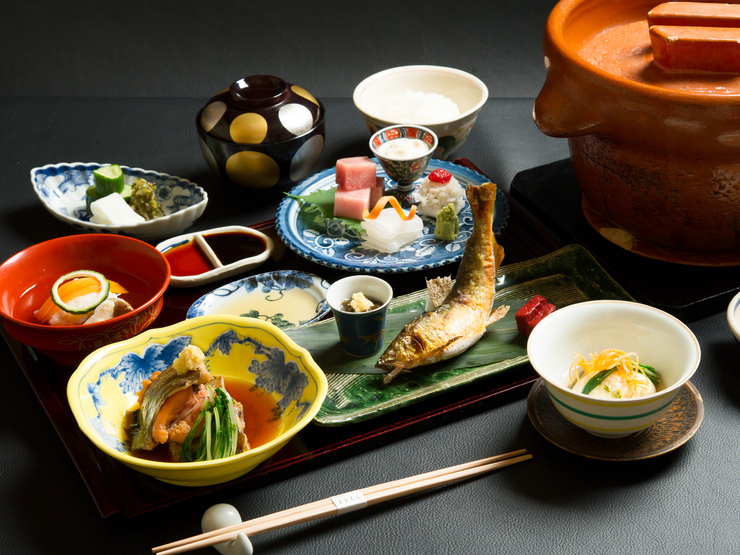
-
Teramachi Yoshikura offers a cozy space to relish Kyokaiseki not only the tastes, but also the beautiful decorations of the dishes. Comfortably enjoy your meal with a relaxing space, where you can taste Kyokaiseki using an abundance of seasonal ingredients.
3. Ubuka
-
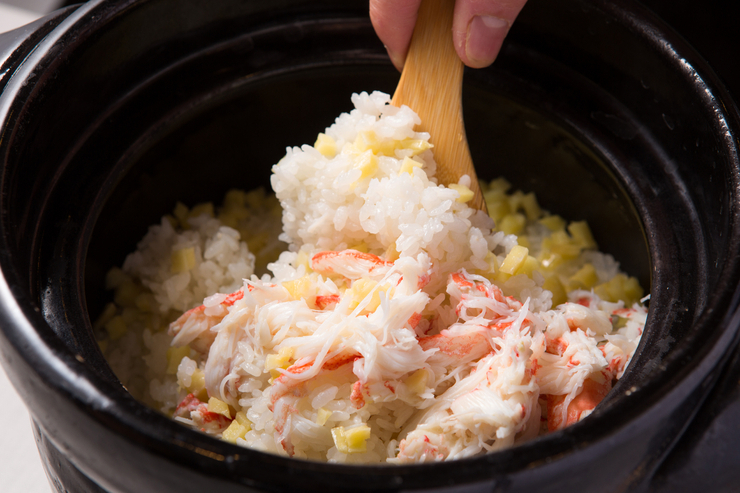
-
This restaurant specializes in Japanese shellfish such as botan ebi (botan shrimp), ise ebi (lobster) and zuwai (snow crab), which are served in various fried, steamed and sashimi dishes with matching wine and Japanese sake.
4. Miyazaki Beef Teppanyaki Steak Miyazaki-kan
-
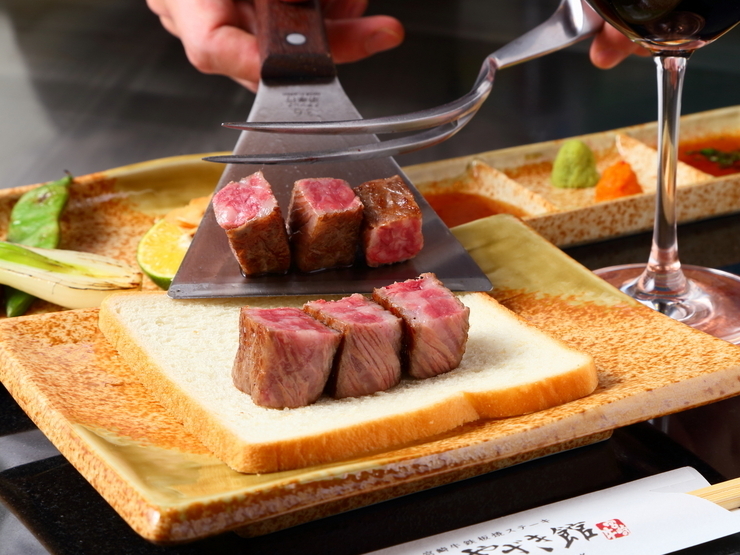
-
Select Miyazaki beef and live seafood from a fish tank are prepared as teppanyaki (hot plate grilled) right at your table. The restaurant uses only Miyazaki beef made in-house - they are involved in every stage of the process, from production to management. They continues to attract customers with its polite services and thorough quality controls of Miyazaki beef.
5. Premium Wagyu Steak Hanasato
-
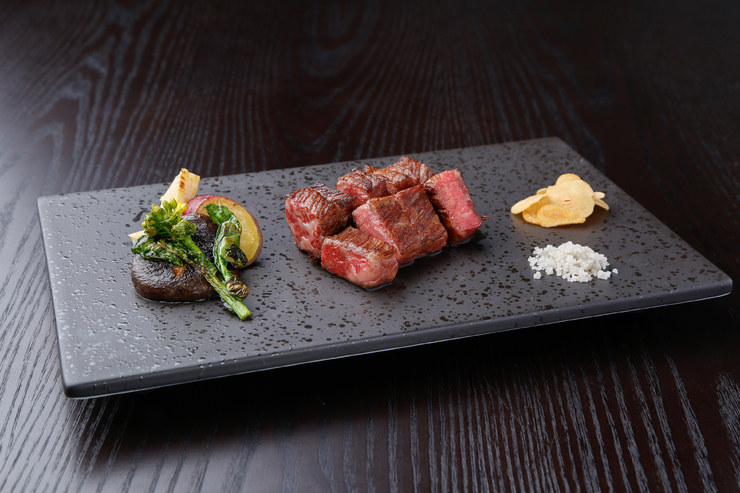
-
The restaurant always tries to serve with seasonal vegetables to show the season. Some vegetables come from Kyoto, in order to add a hint of the current season to each plate.





